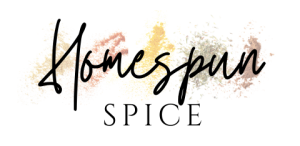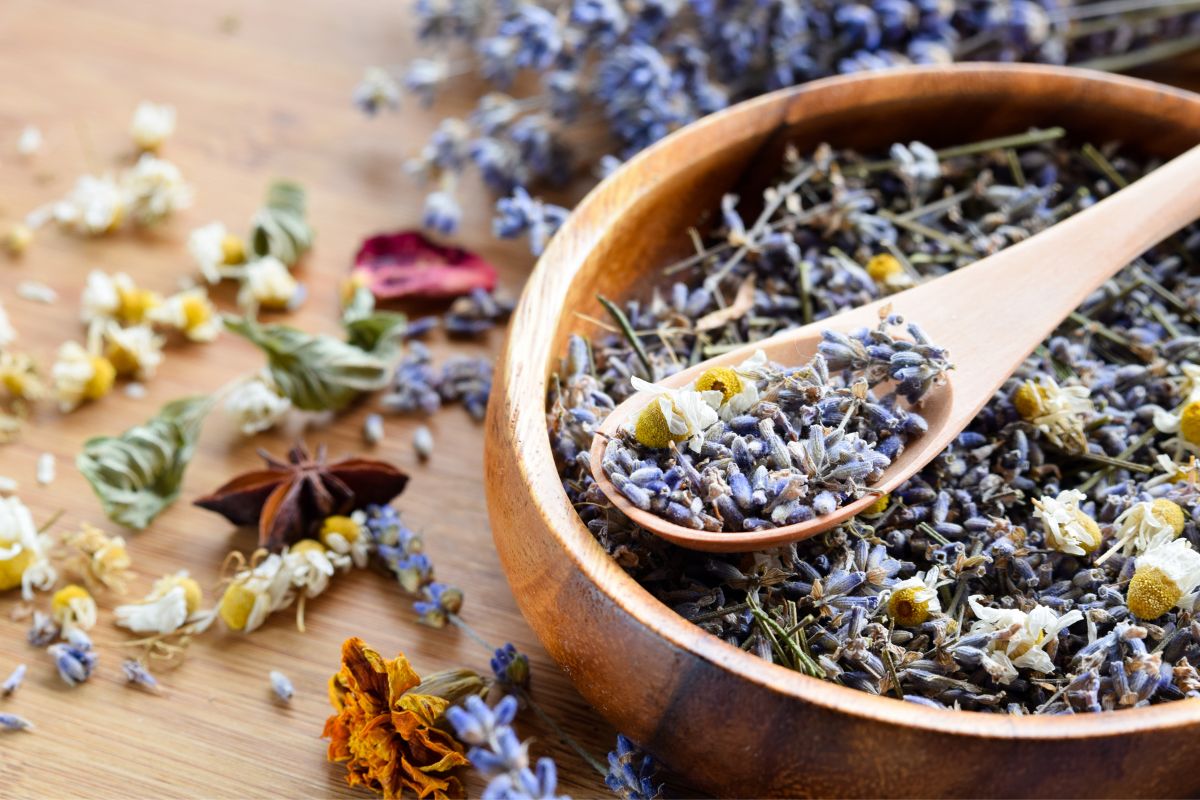Dried culinary lavender (Lavandula angustifolia) is a versatile herb widely used in cooking and baking. It is made from the dried flowers of the lavender plant, which are typically harvested when fully matured and have a strong aroma.
Table of Contents
What is dried culinary lavender?
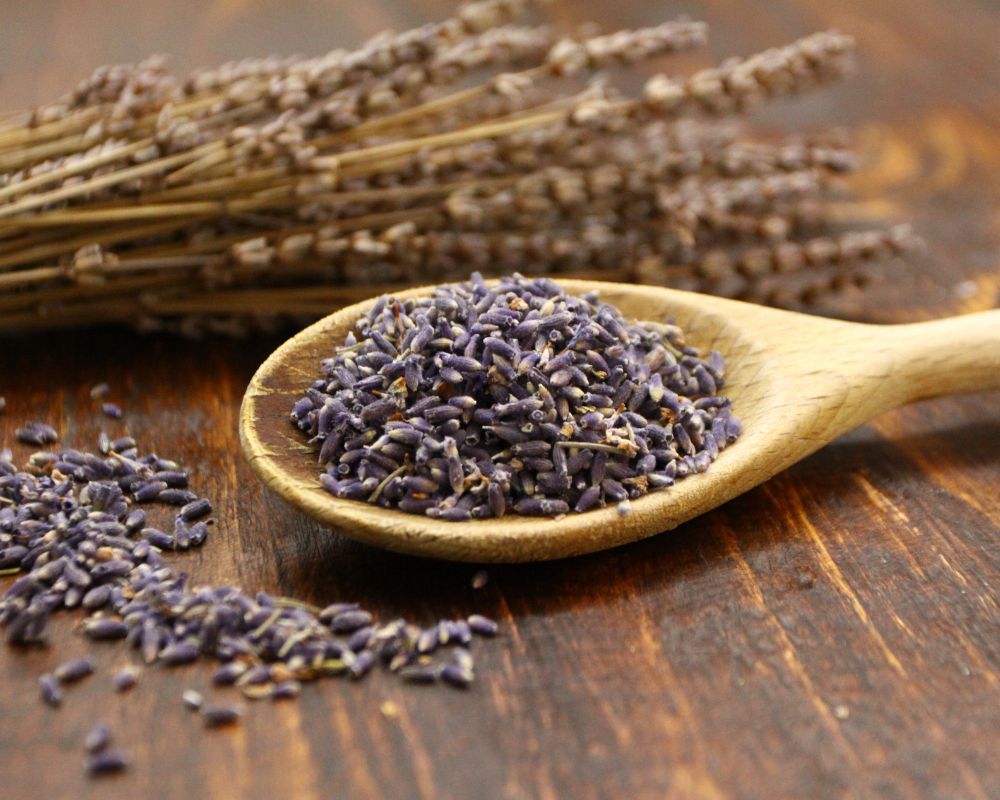
Dried culinary lavender is a herb commonly used in cooking for its aromatic and floral flavor.
| Origin | The Mediterranean |
| Appearance | Tiny, purple, dried flower buds |
| Flavor profile | Floral and sweet |
Origin
Dried lavender originates from the Mediterranean region but is now widely cultivated worldwide. It is commonly used in French and Mediterranean cuisines, where it is added to sweet dishes such as pastries, ice cream, and teas.
Appearance
Dried culinary lavender consists of tiny, purple, dried flower buds commonly sold in small sachets or loose forms.
Flavor profile
Dried lavender has a floral and slightly sweet taste and is often used with other ingredients, such as vanilla or lemon, to enhance flavor.
The spice has a distinct floral and slightly sweet flavor profile, with a hint of citrus and a subtle aroma. It is commonly used as a flavoring agent in sweet and savory dishes alike and is particularly popular in French and Mediterranean cuisines.
Nutritional Benefits of dried culinary lavender
Lavender is an excellent addition to your diet due to its minimal calorie and fat content. Lavender is also known for its calming effects and can help to reduce stress and anxiety – especially lavender essential oils, teas, and bath salts.
Lavender has some vitamin A, which is beneficial for your eye health, preventing cataracts, macular degeneration, and other eye problems. One of the most well-known compounds in lavender is limonene, which may help detoxify the body from carcinogens.
Is lavender completely safe to use?
Despite its numerous health benefits, lavender may interact with some medications. For example, it may increase fatigue when paired with sedatives and cause low blood pressure when taken with high blood pressure medication.
Most common uses for culinary lavender
Dried culinary lavender flower is added sparingly to dishes when cooking, as its flavor can be pretty intense. It pairs well with various ingredients, including:
- Poultry
- Fish
- Chocolate
- Shortbread
- Scones
- Honey
It also works as a garnish to add a beautiful mauve color. Most of all, it’s used in many drinks like:
- Lemonade
- Lavender teas
- Simple syrups
- Sorbets
You can also produce lavender sugar by mixing granulated sugar with lavender buds and giving time for the aromatic oils to spread throughout the sugar crystals.
The best lavender recipes
Lavender-infused honey is one of the best recipes you can try:
- Heat honey in a small saucepan over low heat until it becomes thin and runny.
- Add a small amount of dried lavender buds to the honey, and let it steep for a few minutes until the flavor has infused into the honey.
- Remove the lavender and use the honey as a sweetener for tea, yogurt, or baked goods.
Some other recipes that include dried edible lavender:
culinary lavender vs. other varieties: comparison
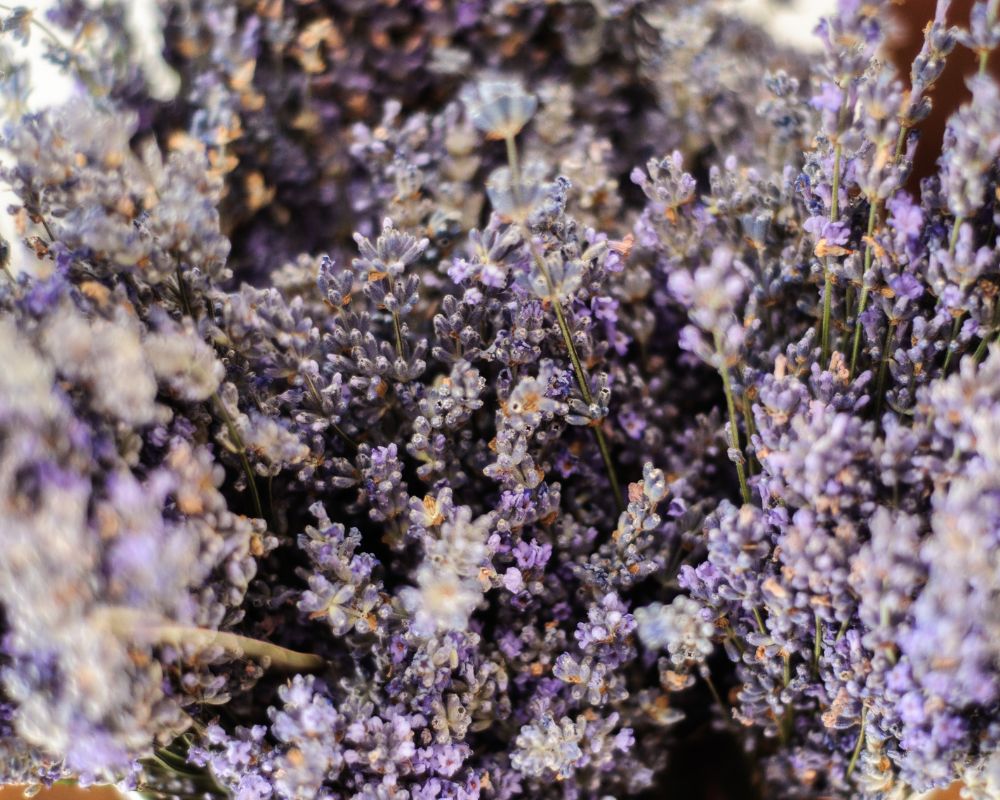
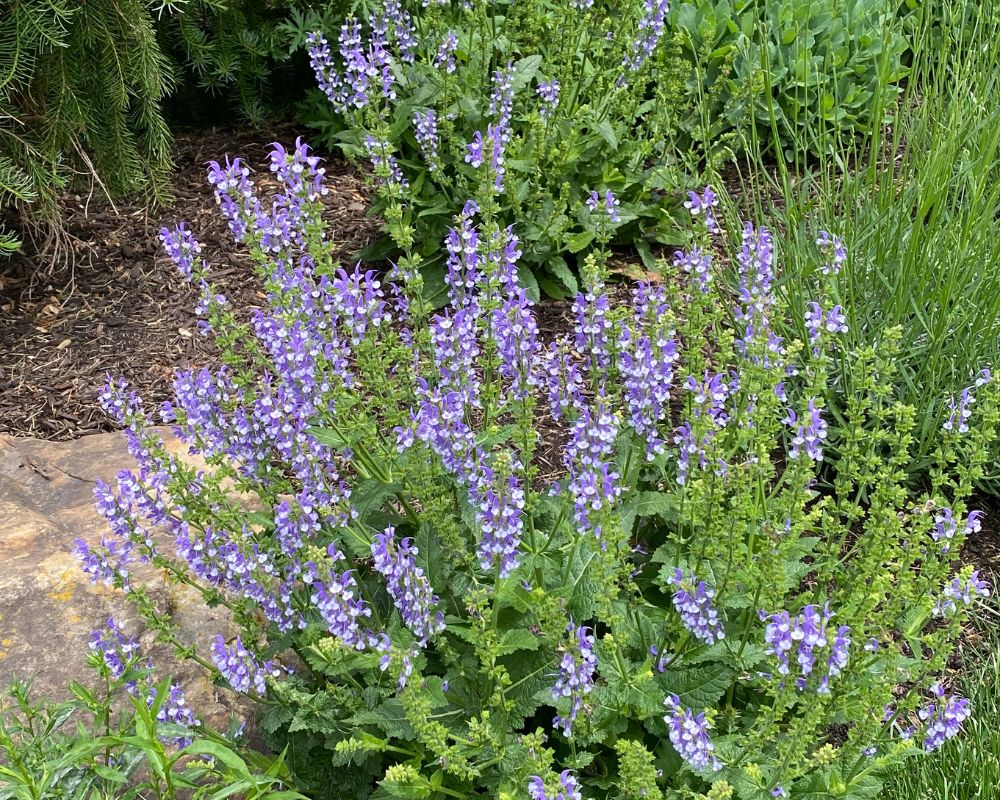
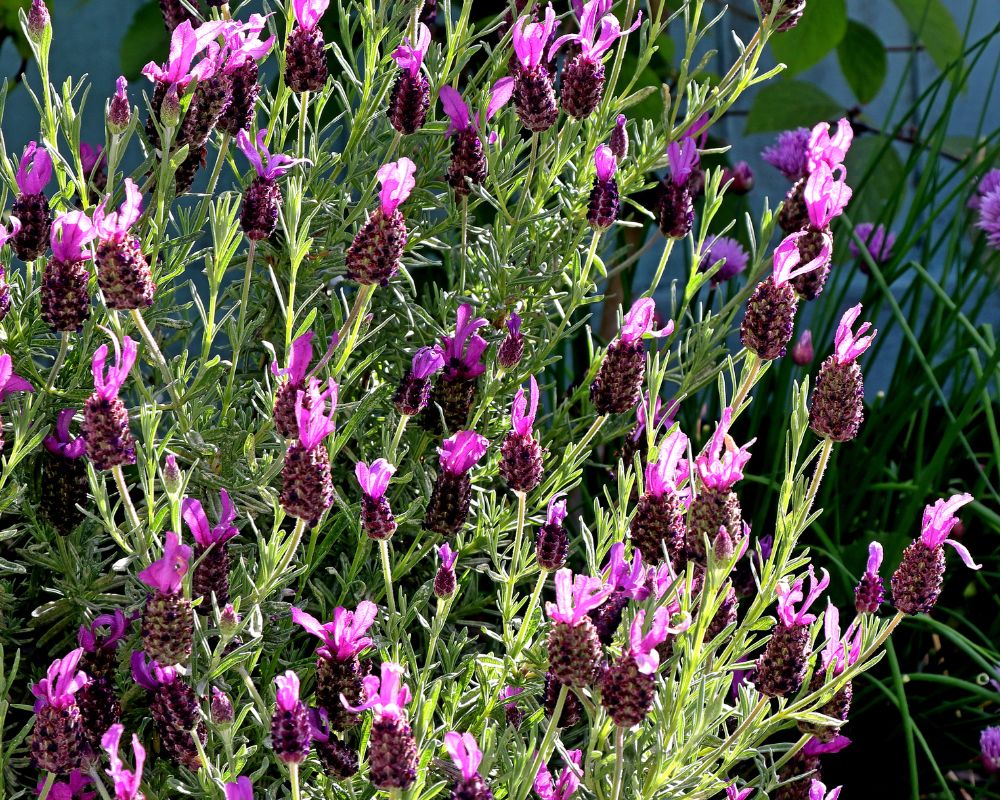
Here is a comparison between culinary lavender and other lavender varieties:
| Lavender Variety | Flavor | Appearance |
|---|---|---|
| Culinary Lavender | Sweet, floral, slightly perfumed, and citrusy | Blue to violet, short buds, and an intense aroma |
| English Lavender | Sweet and floral, with a hint of spice | Pale purple to pink color, long buds |
| French (or Spanish) Lavender | Mildly sweet and herbaceous, with camphor notes | Deep purple to blue color, medium-length buds |
| *Lavandin | Strong and camphorous, with a touch of floral sweetness | Pale purple to pink color, long buds, and a robust aroma |
Culinary lavender is known for its sweet, floral, slightly perfumed, and citrusy flavor, making it ideal for cooking and baking.
On the other hand, English lavender has a sweet and floral flavor with a hint of spice and is common in teas and sachets.
French lavender has a mildly sweet and herbaceous flavor with a camphor note and is present in perfumes and cosmetics.
*Lavandin is a hybrid of True lavender (Lavandula angustifolia) and Spike lavender (Lavandula latifolia) with powerful camphorous and herbaceous notes.
How to make dried culinary lavender?
To make dried culinary-grade lavender, follow these steps:
- Harvest fresh lavender flower buds from your garden or purchase it from a reliable source.
- Rinse the lavender gently with cold water to remove any dirt or insects.
- Dry the lavender by hanging it upside down in a well-ventilated area away from direct sunlight. The ideal temperature for drying is between 60-70°F.
- Once the lavender is completely dry, remove the buds from the stems by gently rubbing them between your fingers.
- Place the lavender buds in airtight glass jars or containers and store them in a cool, dry place until ready to use.
It is essential to use culinary lavender buds instead of decorative (used for potpourri) or aromatic lavender for culinary uses. Ensure the lavender you use is free of pesticides and chemicals and avoid using lavender sprayed with any substances.
